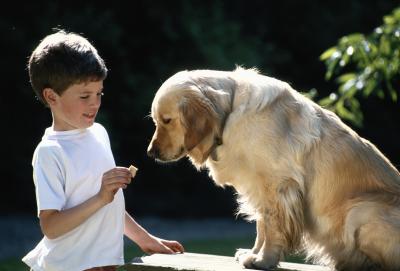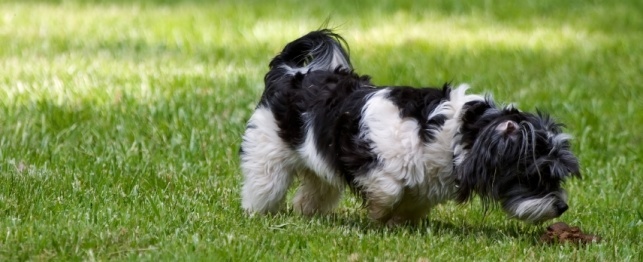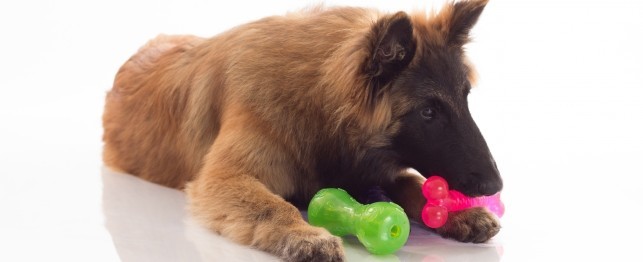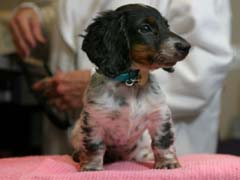
Heatstroke Can Saddle Your Dog With Serious Health Problems
Dogs are notoriously bad at dissipating body heat. Watch for early signs of heatstroke in your dog to avoid a more serious health problem.
Dogs have only a couple of ways to cool off: blood vessel expansion and panting. (The bottom surfaces of paws can sweat, but not enough to make a difference.)
Heatstroke usually occurs when high ambient temperature overcomes the dog's ability to dissipate heat. The degree of damage is determined by how high a temperature is reached and how long the animal is exposed.
Early signs of heatstroke include panting, hyper-salivation, dry mucous membranes, and a higher heart rate. Affected dogs become hyperactive and excitable.
As exposure to excessive heat goes on, the dog's condition worsens and includes signs of shock: pale mucous membranes, high heart rate, and a drop in blood pressure. The animal hyperventilates, and dehydration becomes more severe. Pupils dilate, the pulse becomes more irregular, and the dog has muscle tremors; he may collapse and become comatose.
Heatstroke generally occurs during the hottest part of the year. Dogs that are out of shape are vulnerable when they exert a great deal of energy in excessively hot surroundings. Obesity, hypothyroidism, and laryngeal paralysis also contribute to heatstroke.
But the most common cause of heatstroke in dogs is confinement in a closed automobile. The ambient temperature inside a closed car can become dangerously high in a matter of minutes, and the results can be fatal.
Heatstroke therapy involves lowering the dog's body temperature. Cooling methods include getting him into the shade, spraying him with cool or tepid water, and fanning him. Severely affected dogs require fluids, medication, support, and oxygen.
But the best treatment for heatstroke is prevention. Limit the time your dog works or exercises in hot weather. Choose cooler periods of the day for training and exercise sessions. Provide plenty of cool, fresh water, shade, and frequent rest periods when it's hot.
The original version of this article was published in AKC Family Dog.
 The Best Dry Dog Foods for Nutrition
The Best Dry Dog Foods for Nutrition
T
The Best Dry Dog Foods for Nutrition
The Best Dry Dog Foods for Nutrition
T
 Dealing with Dog Poop - Green Solutions
Dealing with Dog Poop - Green Solutions
Dealing with Dog Poop - Green Solutions
Dealing with Dog Poop - Green Solutions
 What Your 6-month-old Puppy Needs
What Your 6-month-old Puppy Needs
What Your 6-month-old Puppy Needs
What Your 6-month-old Puppy Needs
 Fruits & Vegetables Dogs Can and Can't Eat
As dog owners, it’s not uncom
Fruits & Vegetables Dogs Can and Can't Eat
As dog owners, it’s not uncom
 Canine Cushings Disease Diet
Canine
Canine Cushings Disease Diet
Canine
Copyright © 2005-2016 Pet Information All Rights Reserved
Contact us: www162date@outlook.com